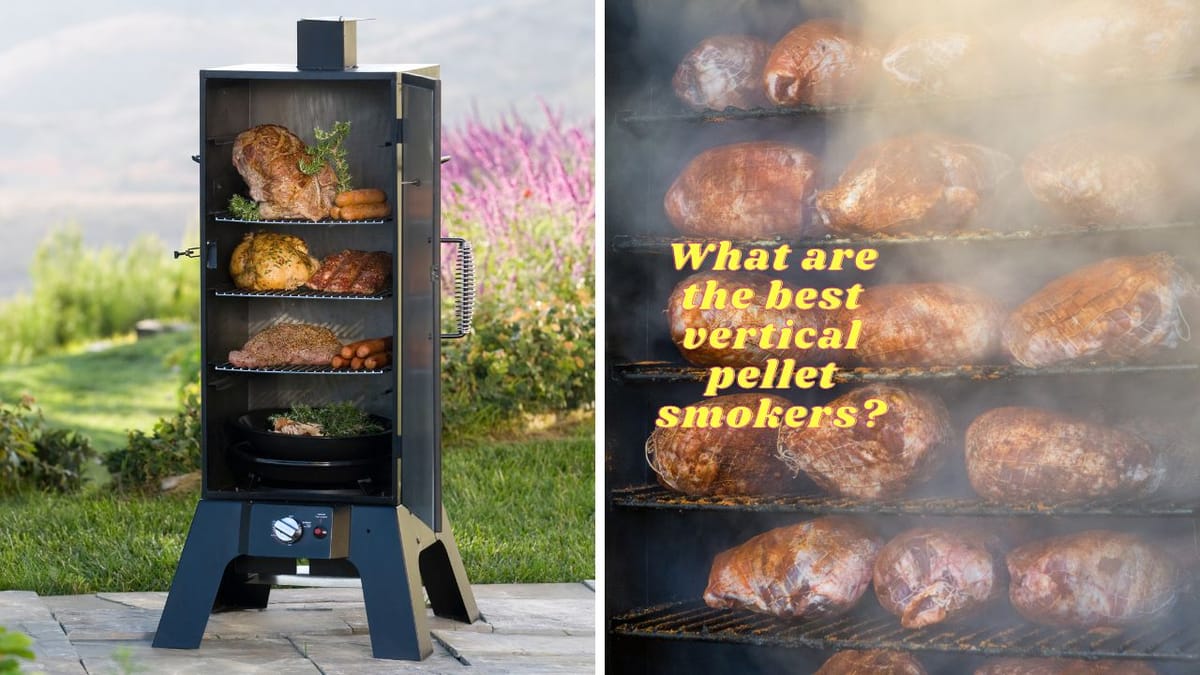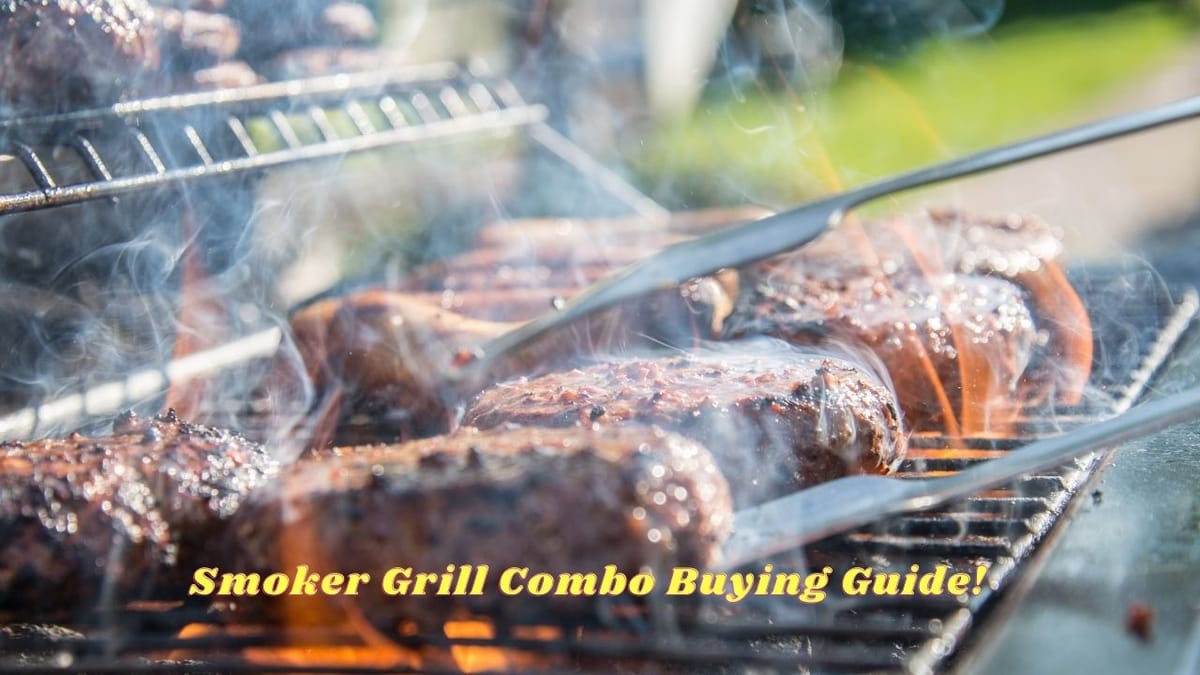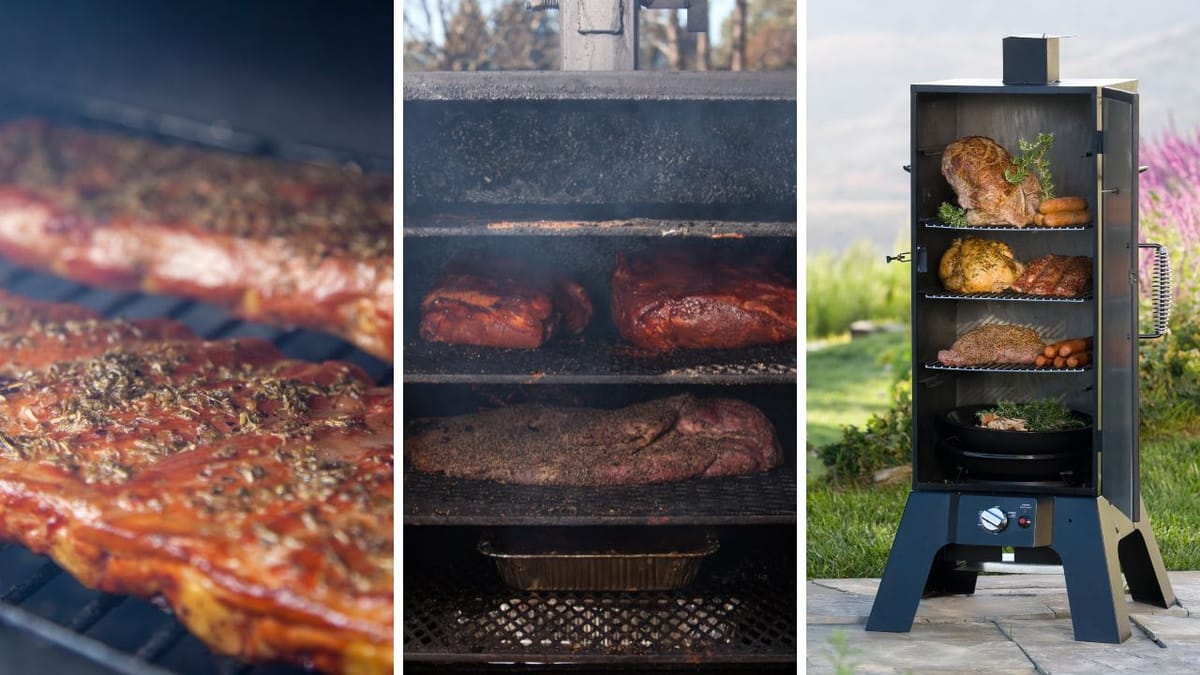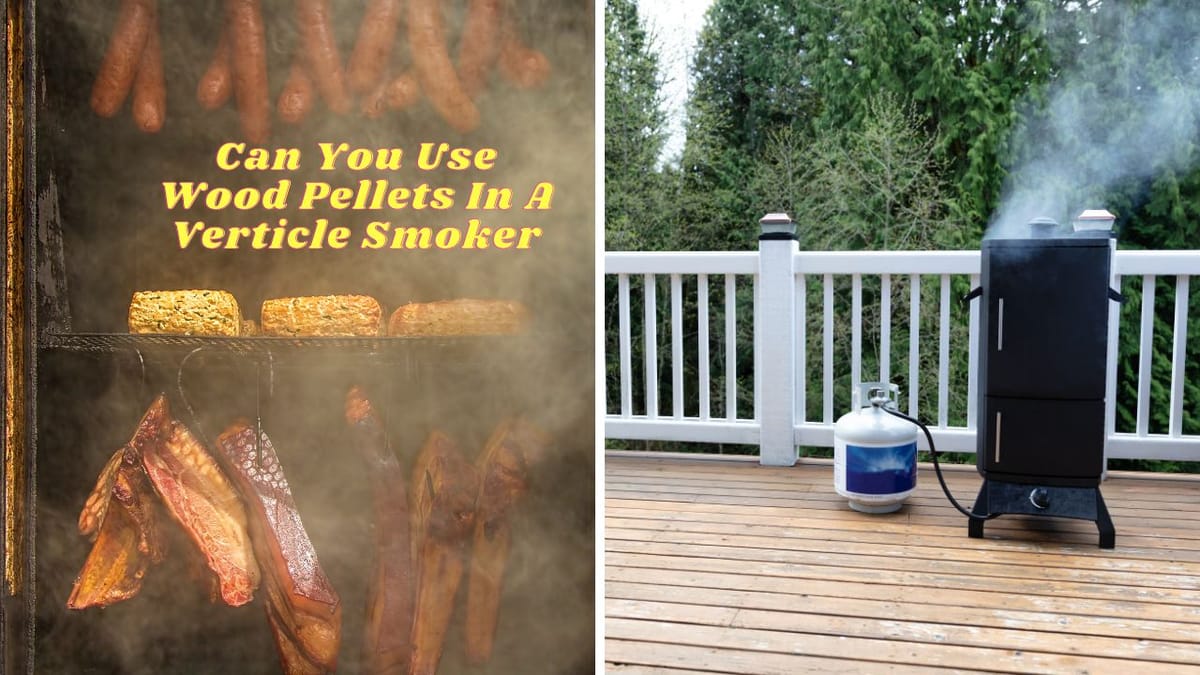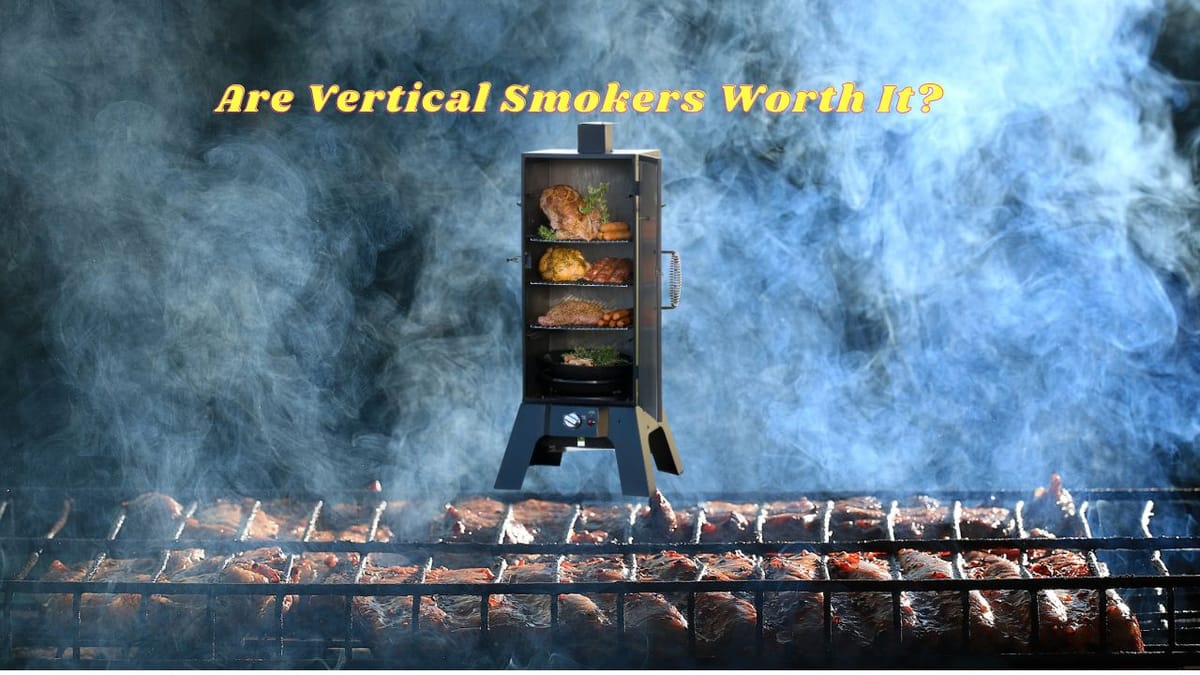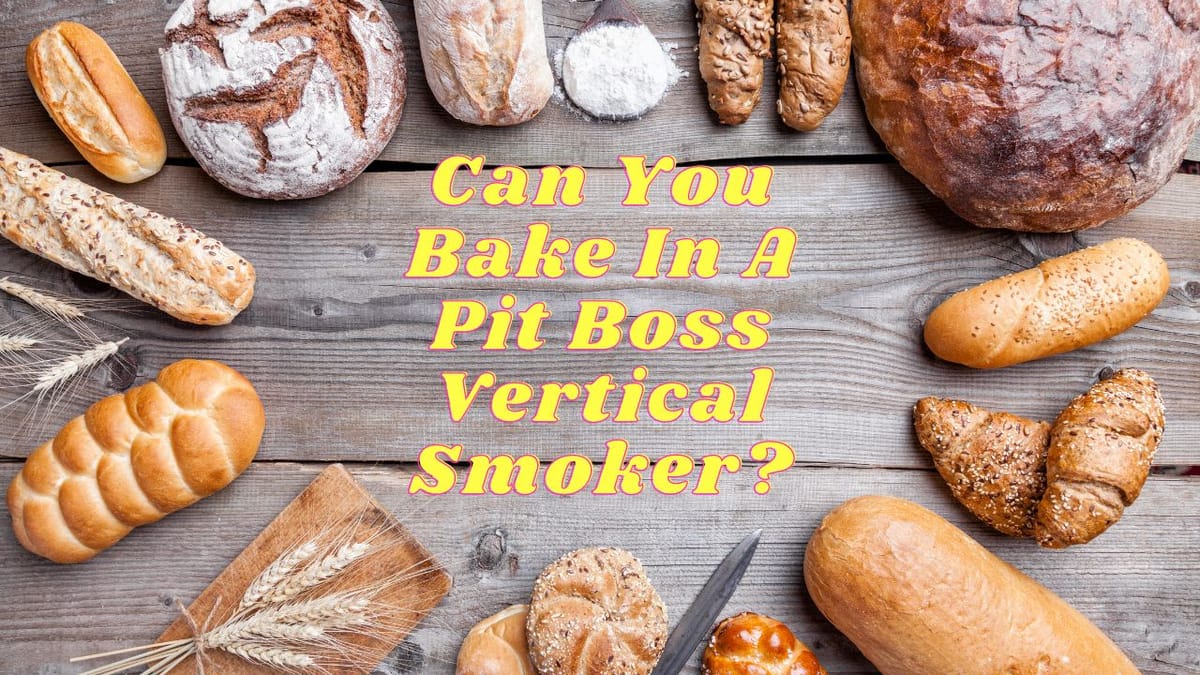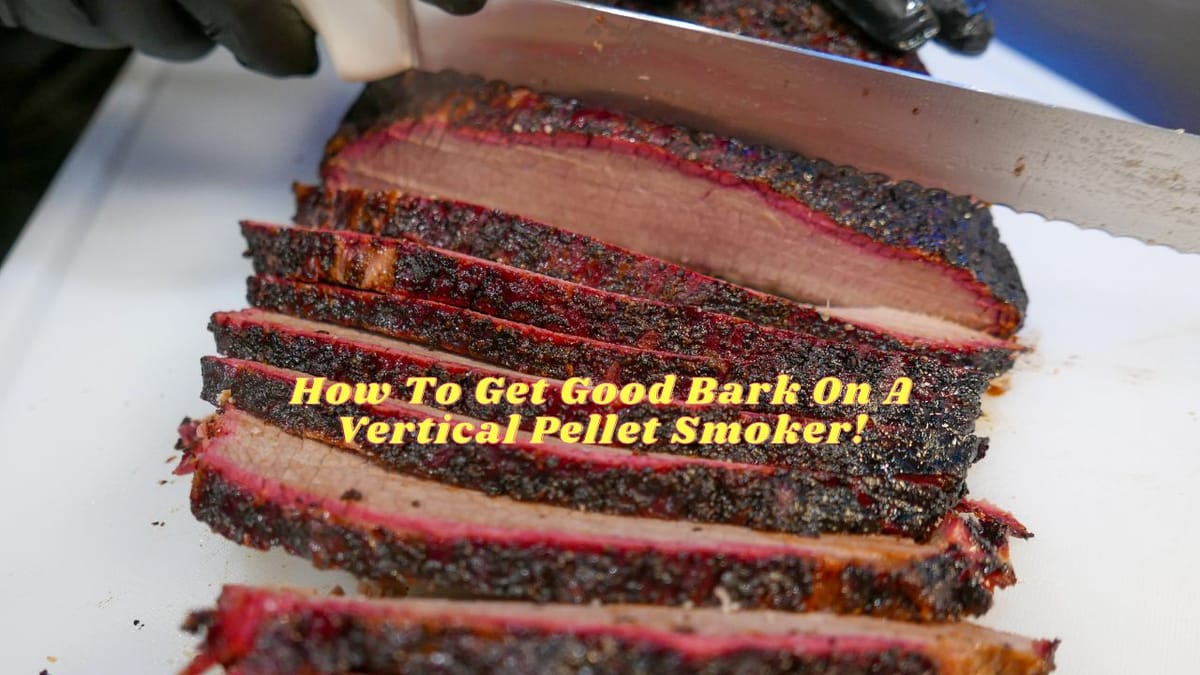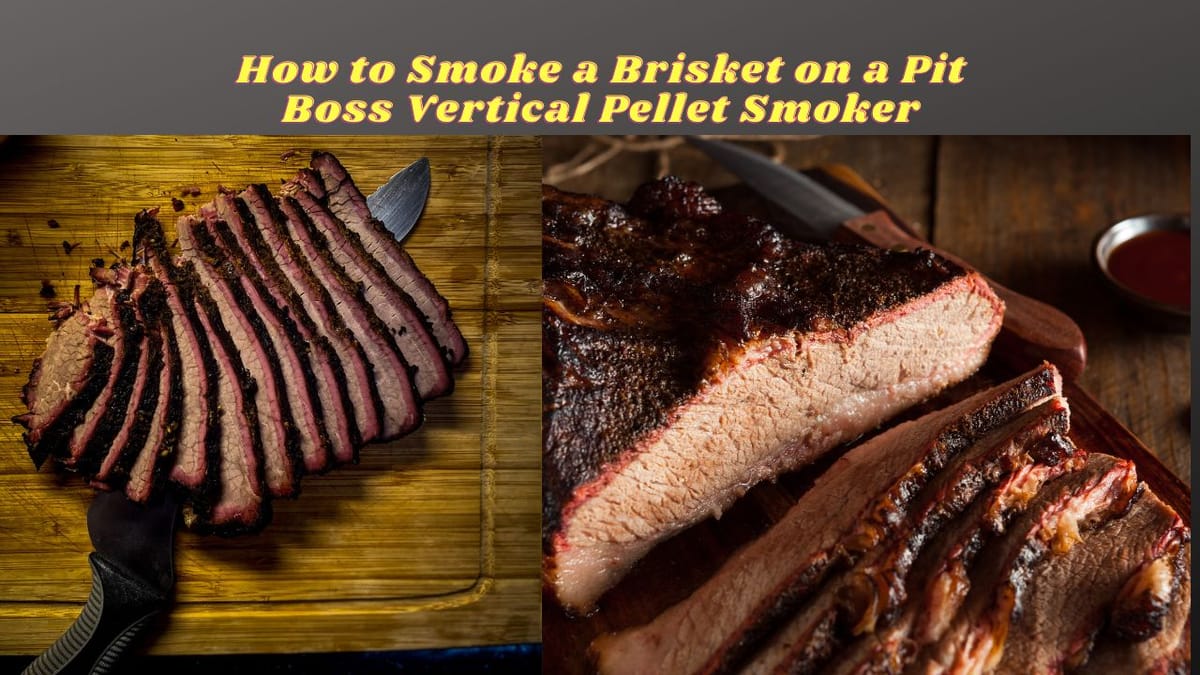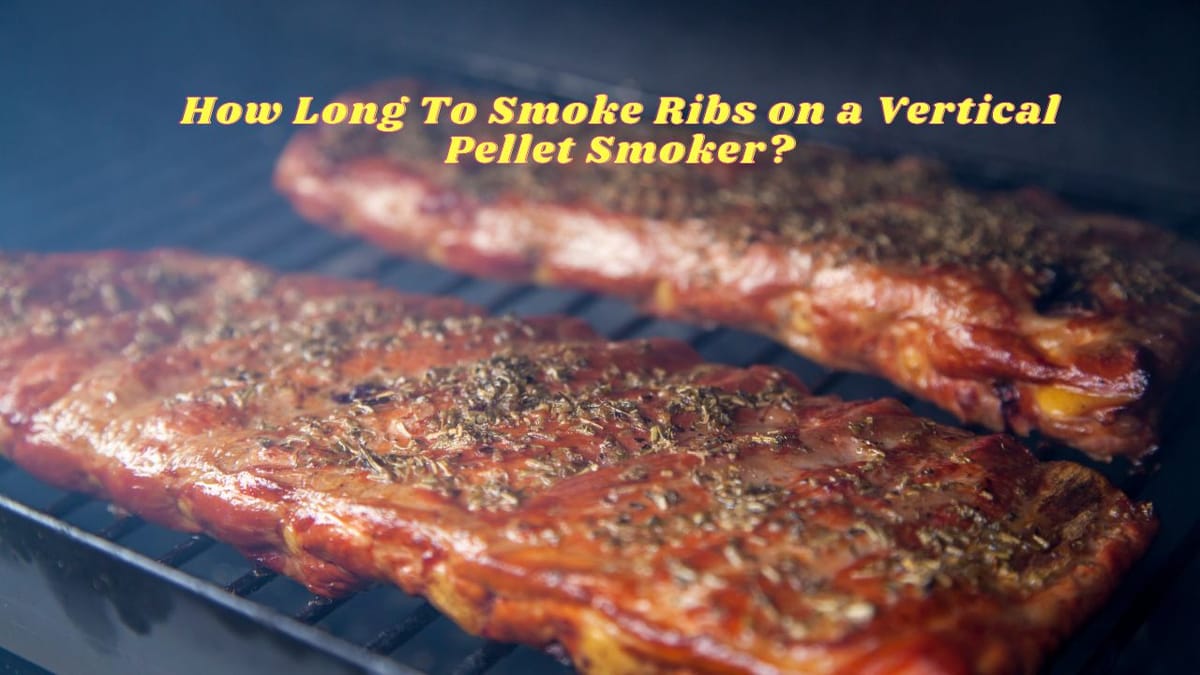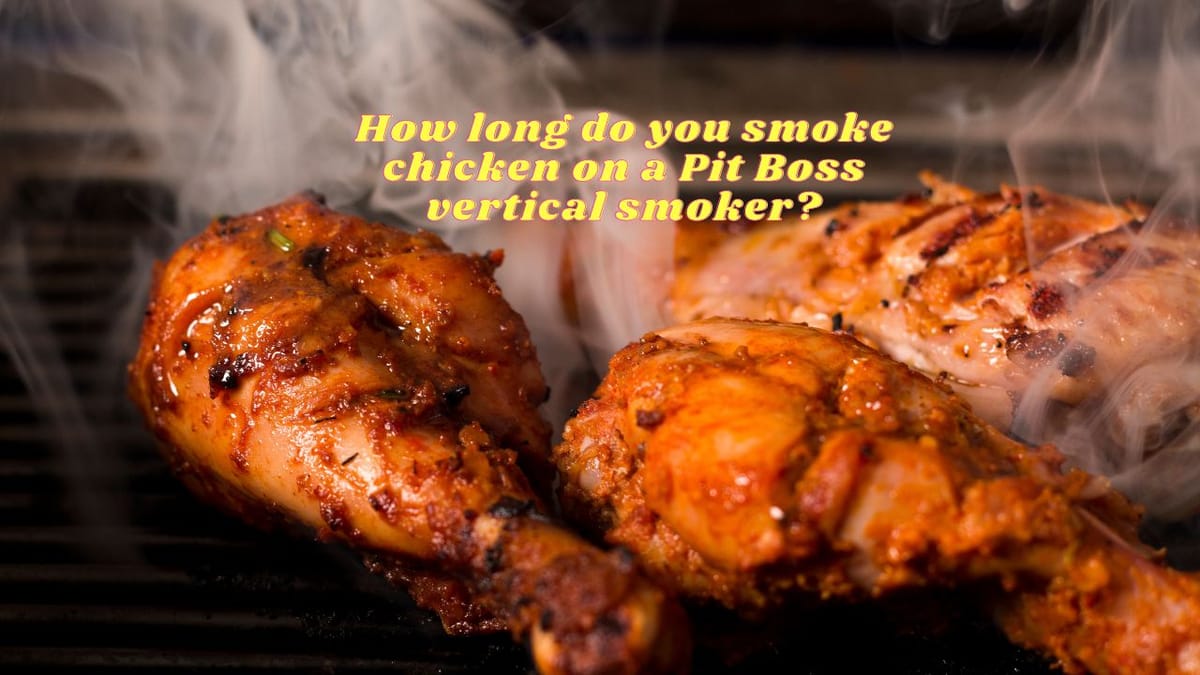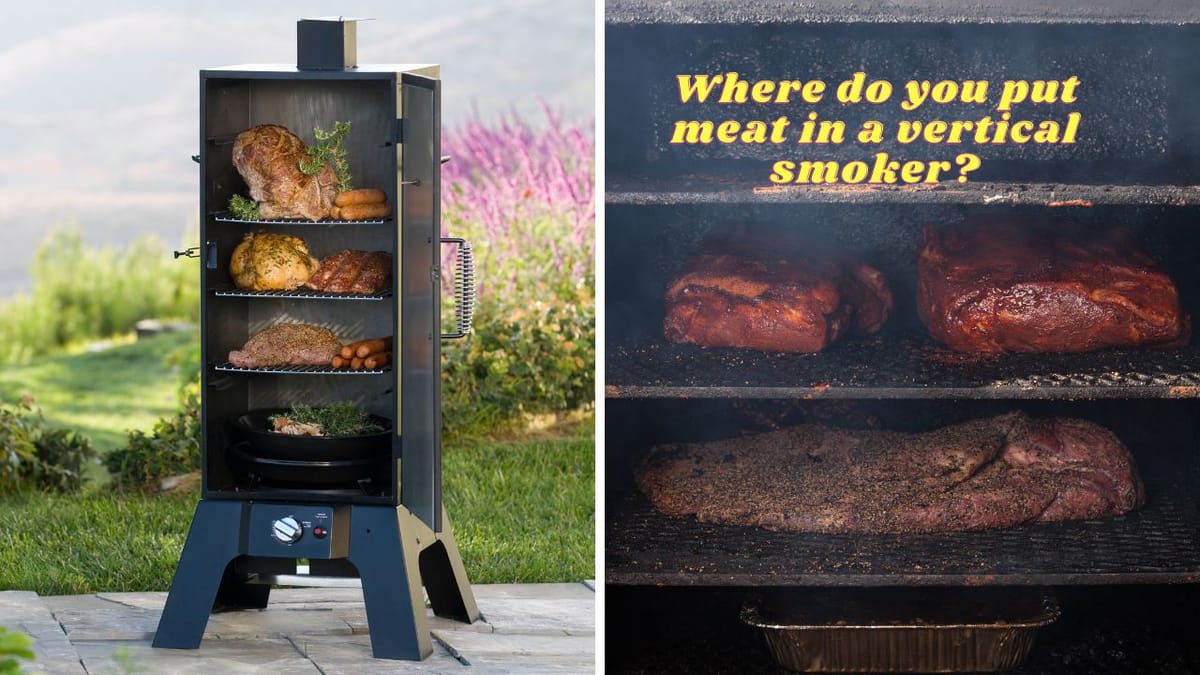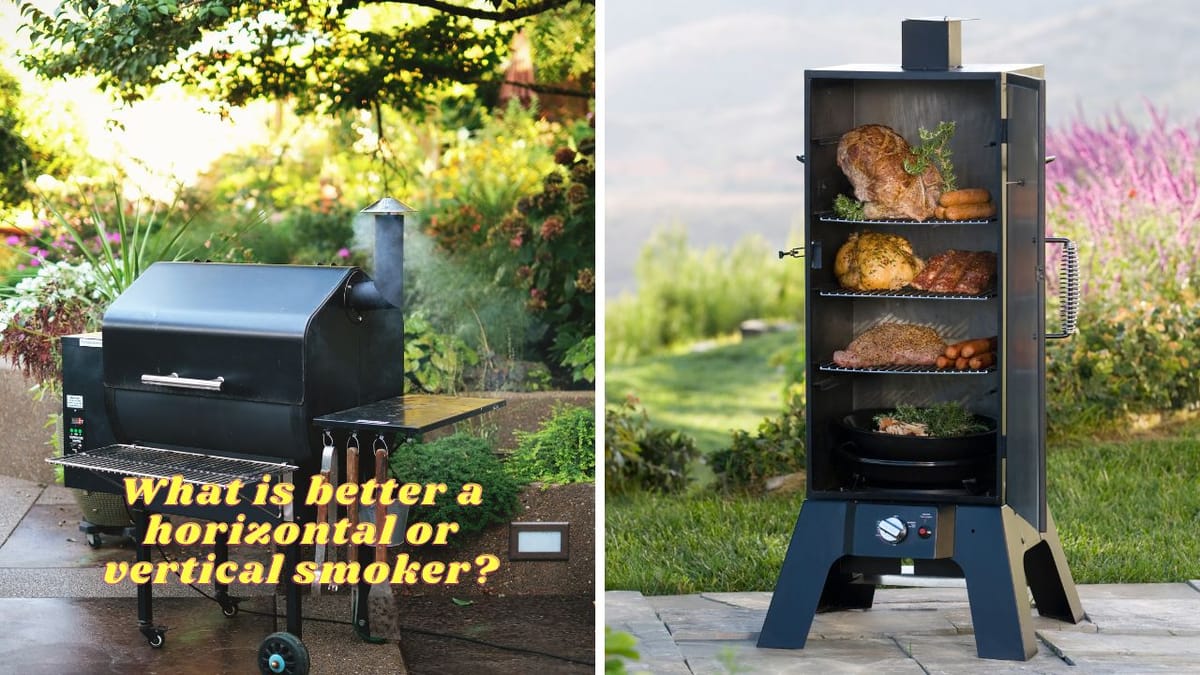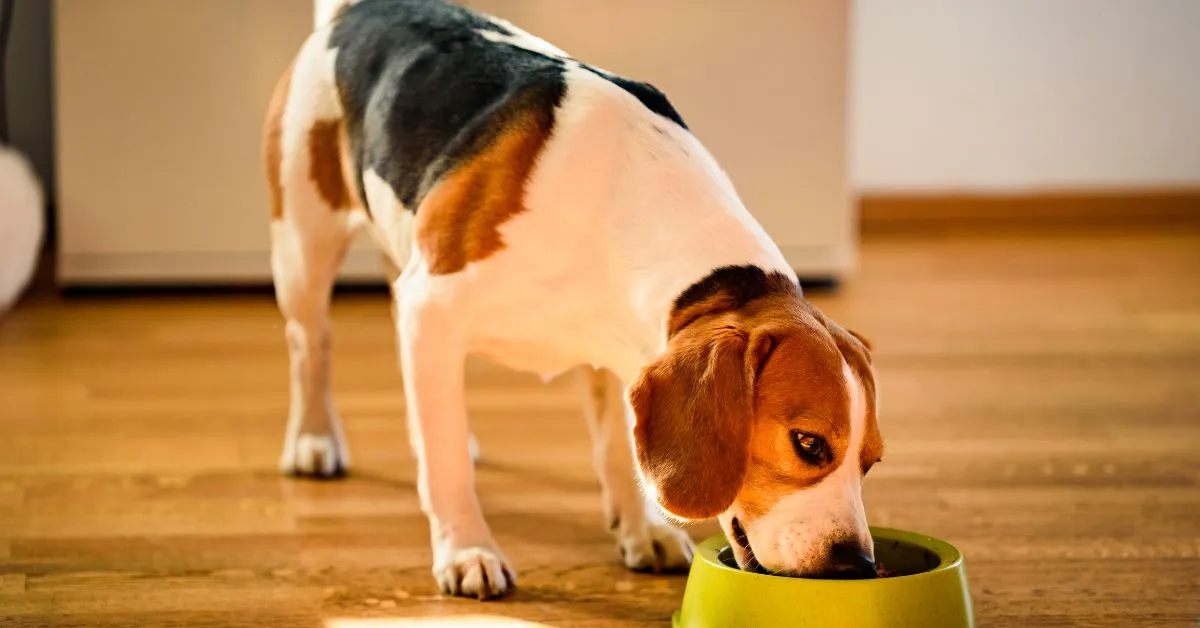Table of Contents
Achieving that perfect, mouth-watering bark on your smoked meats is a true sign of a barbecue master. But when it comes to using a vertical pellet smoker, there are specific techniques and considerations to ensure you get that ideal crust every time. In this comprehensive guide, we'll walk you through the steps and secrets to getting good bark on a vertical pellet smoker.
Key Takeaways:
- Understanding the importance of meat preparation and seasoning for optimal bark formation.
- The role of temperature control and smoke quality in a vertical pellet smoker.
- Tips for maintaining the right environment inside the smoker for the perfect bark.
The Basics of Bark Formation
Bark formation on smoked meats is a result of the Maillard reaction and the caramelization of sugars, which occurs when proteins and sugars in the meat are exposed to heat. This process is what gives smoked meats their distinctive crust and flavor. To achieve this in a vertical pellet smoker, you need to start with the right meat preparation.
Firstly, choose cuts of meat with a good amount of surface area and a decent fat content, as this will help with the formation of the bark. Before smoking, pat the meat dry to remove excess moisture, which can inhibit bark development. Then, apply a generous amount of your chosen rub, pressing it into the meat to create a thick, even layer that will crystallize into a delicious bark.
Seasoning: The Foundation of Flavor
The right seasoning mix is crucial for developing a flavorful bark. Your rub should contain a balance of sugar, salt, and spices. The sugar will caramelize under heat, contributing to the bark's texture and taste, while the salt will help draw out moisture, enhancing the meat's flavor.
When applying your rub, ensure it adheres well to the meat. Some pitmasters recommend using a binder like mustard or hot sauce to help the seasoning stick. This not only helps with flavor but also aids in forming a better bark as the smoke adheres to the sticky surface, creating a deeper, more robust crust.
Temperature Control in a Vertical Pellet Smoker
Temperature control is vital in a vertical pellet smoker. To get a good bark, you need consistent low and slow heat. Aim for a smoking temperature between 225°F and 250°F. This range is ideal for the Maillard reaction to occur without burning the meat or the seasoning.
Vertical pellet smokers are known for their ability to maintain steady temperatures. Use a reliable thermometer to monitor the internal temperature of your smoker and make adjustments as needed. Consistent heat will ensure that the bark forms evenly across the meat's surface.
Smoke Quality and Wood Pellet Choices
The quality of smoke in your vertical pellet smoker can make or break the bark on your meat. Thin, blue smoke is what you're aiming for—it indicates complete combustion of the wood pellets, which imparts a clean, smoky flavor to the meat without overwhelming it.
Choose high-quality wood pellets that are appropriate for the type of meat you're smoking. Hardwoods like hickory, mesquite, and oak are great for beef and pork, while fruitwoods like apple and cherry are better suited for poultry and fish. The right wood will enhance the bark's flavor and contribute to its formation.
Managing Humidity for Optimal Bark
Humidity inside your vertical pellet smoker can affect bark development. Too much moisture can prevent the bark from forming properly, while too little can dry out the meat. To manage humidity, use a water pan inside your smoker. This will help stabilize the temperature and add moisture to the air, which is especially helpful during long smoking sessions.
Additionally, avoid opening the smoker door frequently. Every time you open the door, you let out heat and smoke, which can disrupt the cooking environment and affect the bark's quality. Trust your smoker and your preparation, and let the meat cook undisturbed as much as possible.
The Role of Meat Selection
The type of meat you choose is also important for bark formation. Fattier cuts like pork shoulder or brisket have more intramuscular fat, which helps keep the meat moist during the long smoking process and contributes to a better bark.
When selecting meat, look for cuts with a good amount of connective tissue. As the meat cooks, this tissue will break down and add to the complexity of the bark's flavor and texture. The right cut of meat can make a significant difference in the quality of your final product.
Wrapping Techniques and Bark Preservation
Some pitmasters choose to wrap their meat in foil or butcher paper during the latter stages of smoking. This is known as the Texas Crutch, and it can help push through a stall in cooking temperature. However, wrapping should be done carefully to preserve the bark.
If you decide to wrap your meat, wait until the bark has formed a solid crust that can withstand the moisture created by wrapping. Butcher paper is often preferred over foil as it's breathable, allowing some smoke to continue penetrating the meat while also retaining enough moisture to prevent the bark from drying out.
Resting Your Meat: A Crucial Step
After smoking, it's essential to rest your meat before slicing into it. This allows the juices to redistribute throughout the meat, ensuring it stays moist and tender. Resting also helps preserve the bark, as cutting into the meat too soon can cause valuable juices to escape, softening the crust you've worked so hard to create.
Place the smoked meat in a cooler or on a countertop, covered loosely with foil. The residual heat will continue to cook the meat slightly, and the bark will set during this time. A proper rest can last anywhere from 30 minutes to a couple of hours, depending on the size of the meat.
Troubleshooting Common Bark Issues
Sometimes, despite your best efforts, the bark may not turn out as expected. If the bark is too thick or hard, it could be due to excessive smoke or too high of a cooking temperature. On the other hand, if the bark is too soft or non-existent, it might be because of too much moisture or not enough time at the right temperature.
To troubleshoot, adjust your smoking technique by reviewing your temperature control, seasoning application, and humidity management. Remember, practice makes perfect, and each smoking session is an opportunity to refine your skills.
Summary
Achieving good bark on a vertical pellet smoker is a combination of art and science. It requires attention to detail in meat preparation, seasoning, temperature control, smoke quality, and humidity management. By following the steps outlined in this guide, you'll be well on your way to creating a bark that's the envy of your barbecue circle.
Remember to choose the right cut of meat, apply a well-balanced rub, maintain consistent temperatures, use quality smoke, manage the smoker's humidity, and allow your meat to rest properly. With patience and practice, you'll master the art of the perfect bark on your vertical pellet smoker.
FAQ Section
How long does it take to form a good bark on a vertical pellet smoker?
The time it takes to form a good bark can vary depending on the type of meat, the temperature of the smoker, and the humidity levels. Generally, it can take several hours for a bark to develop fully. It's important to be patient and let the smoking process unfold naturally.
Can I still get a good bark if I wrap my meat during smoking?
Yes, you can still achieve a good bark if you wrap your meat, but it's important to wait until the bark has formed a solid crust before wrapping. Use butcher paper to allow some smoke to continue penetrating the meat while retaining moisture.
What if my bark is too thick or hard?
If your bark is too thick or hard, it may be due to too much smoke or a cooking temperature that's too high. Try reducing the amount of smoke and ensure you're maintaining a consistent temperature between 225°F and 250°F.
Other Related Articles
